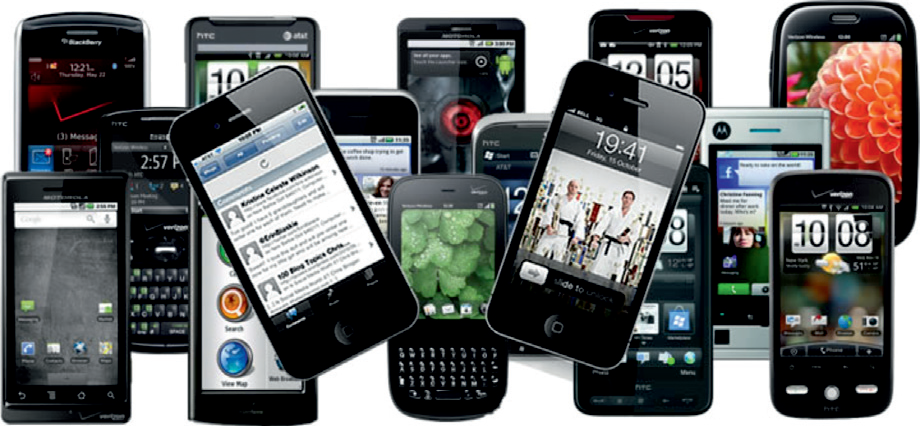How computers are made
Our modern world is digital. Around 150 million smartphones and 100 million PCs are sold per business quarter. And tablet computers? The sales numbers of those devices are really high too, at nearly 120 million per year.
That's a huge amount of digital technology all across the world. Yet hardly anyone knows how these machines are made. The process is in some ways rather simple and in others, very complex.
Parts are very important. Have you ever looked inside your desktop computer? Do you know that is filled with with all sorts of shiny components? In short, your computer is made of a lot of individual parts.
You probably already know about the most vital ingredients that make up a typical computer recipe. You need a CPU (central processing unit), which is the so-called brain of the computer. It processes instructions given to it by software, such as your word processing programme. A computer also needs a place to store data. Data is usually stored in a magnetic hard drive. Hard drives are for semi-permanent or long-term data storage.
Small devices, such as smartphones, often don't need as much storage capacity as full-size computers, so they use flash memory chips like the ones that are used in digital cameras. You can swap flashcards in and out of a device for easy data sharing.
A motherboard is often likened to the human central nervous system. It connects all parts and helps them work as a single machine. Without this crucial circuit board, your computer would be nothing more than a collection of expensive electronics. Careful engineering and expert design are needed to make these parts into a computer.

